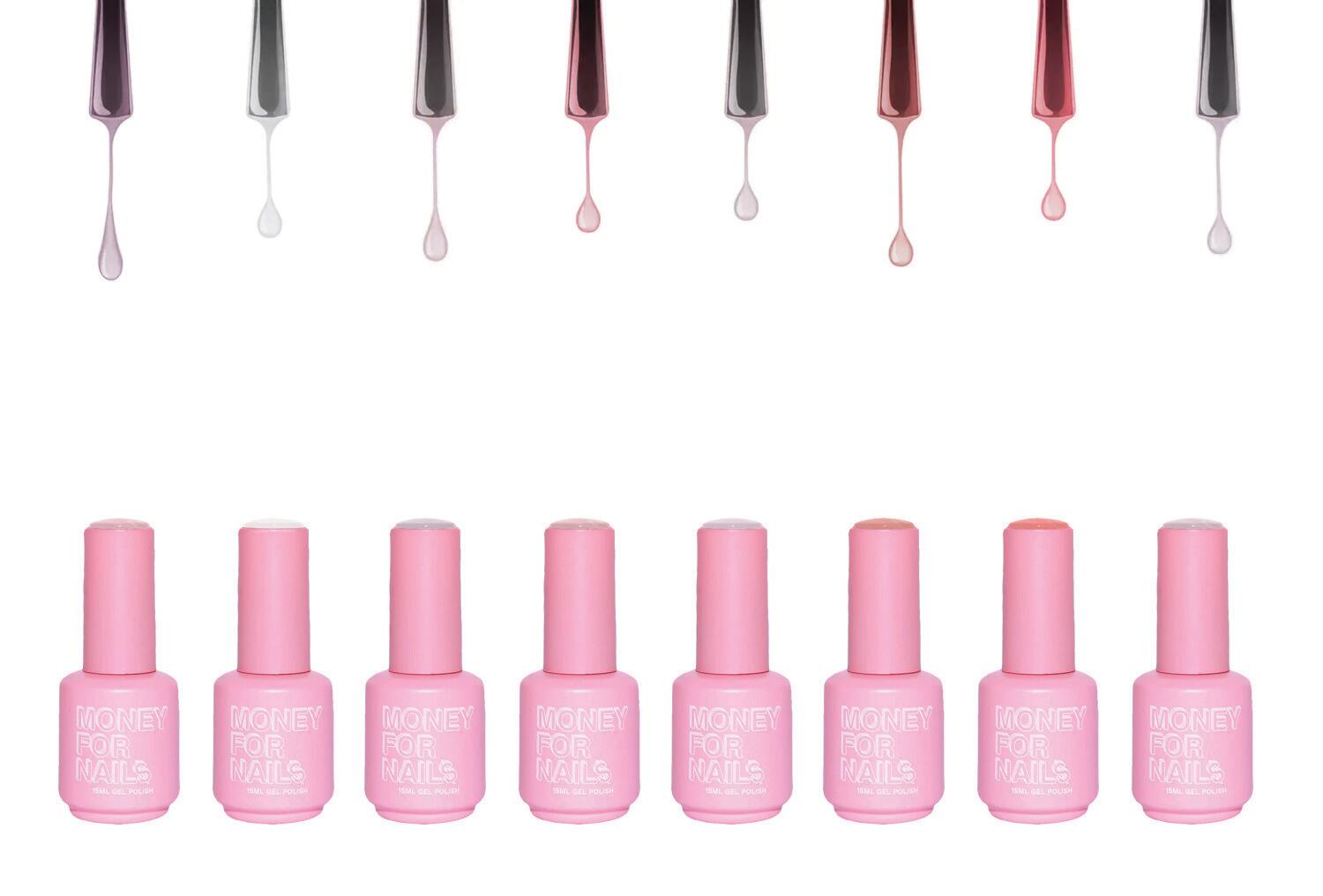
I’ve been doing it for years.
“Yessss,” I replied to my doctor last May. It was my annual checkup and she wanted to know if I wanted my routine blood work checked for HIV and other sexually transmitted diseases.
Life Goes On After HIV: She’s Positive, Her Kids Are Not
I feel blessed to be in a loving, committed and supportive relationship with my soulmate. And I still am doing it – testing for HIV. My testing has nothing to do with trusting my partner and everything to do with loving myself. That includes taking every opportunity to ensure I am healthy for myself and my future, which includes my sexy partner.
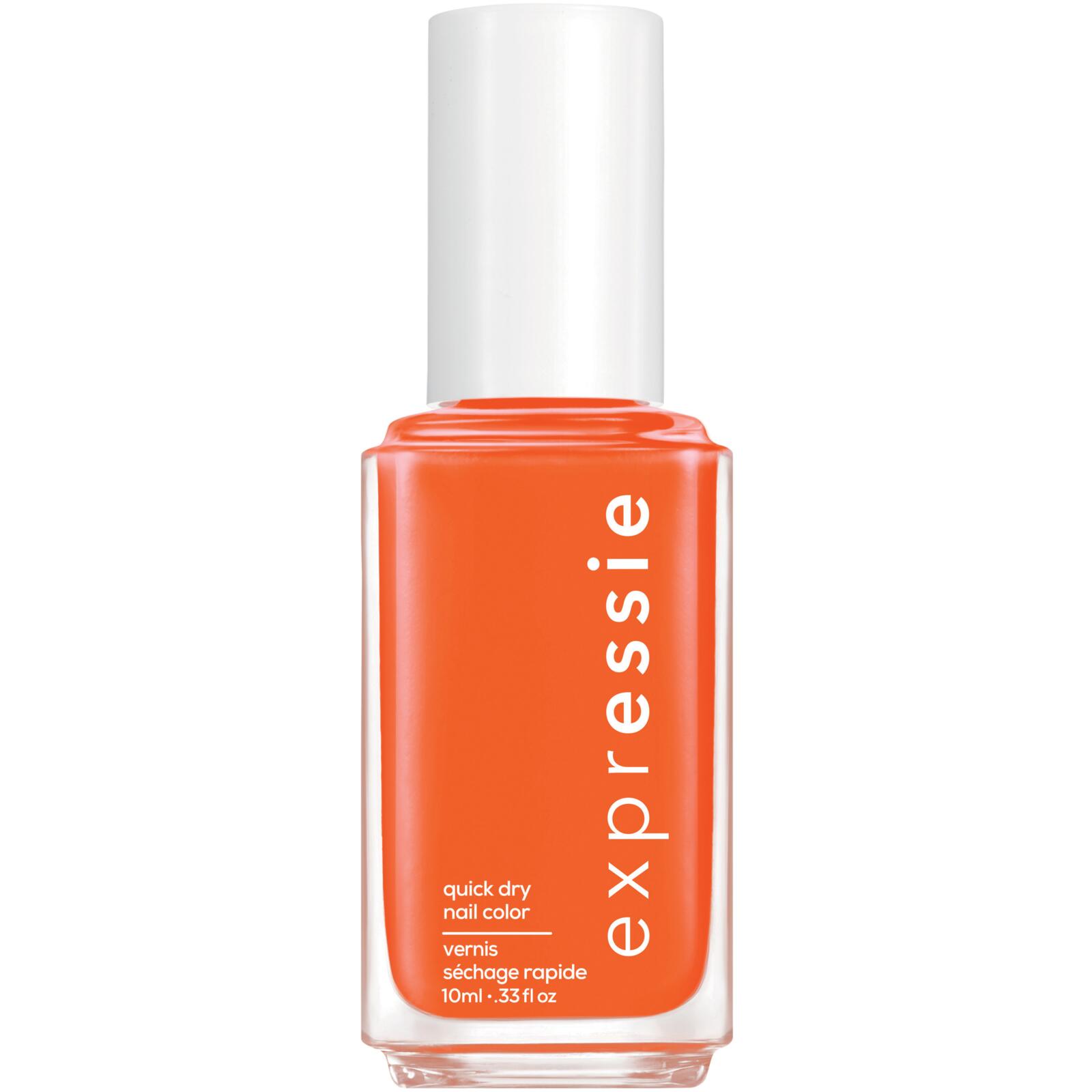
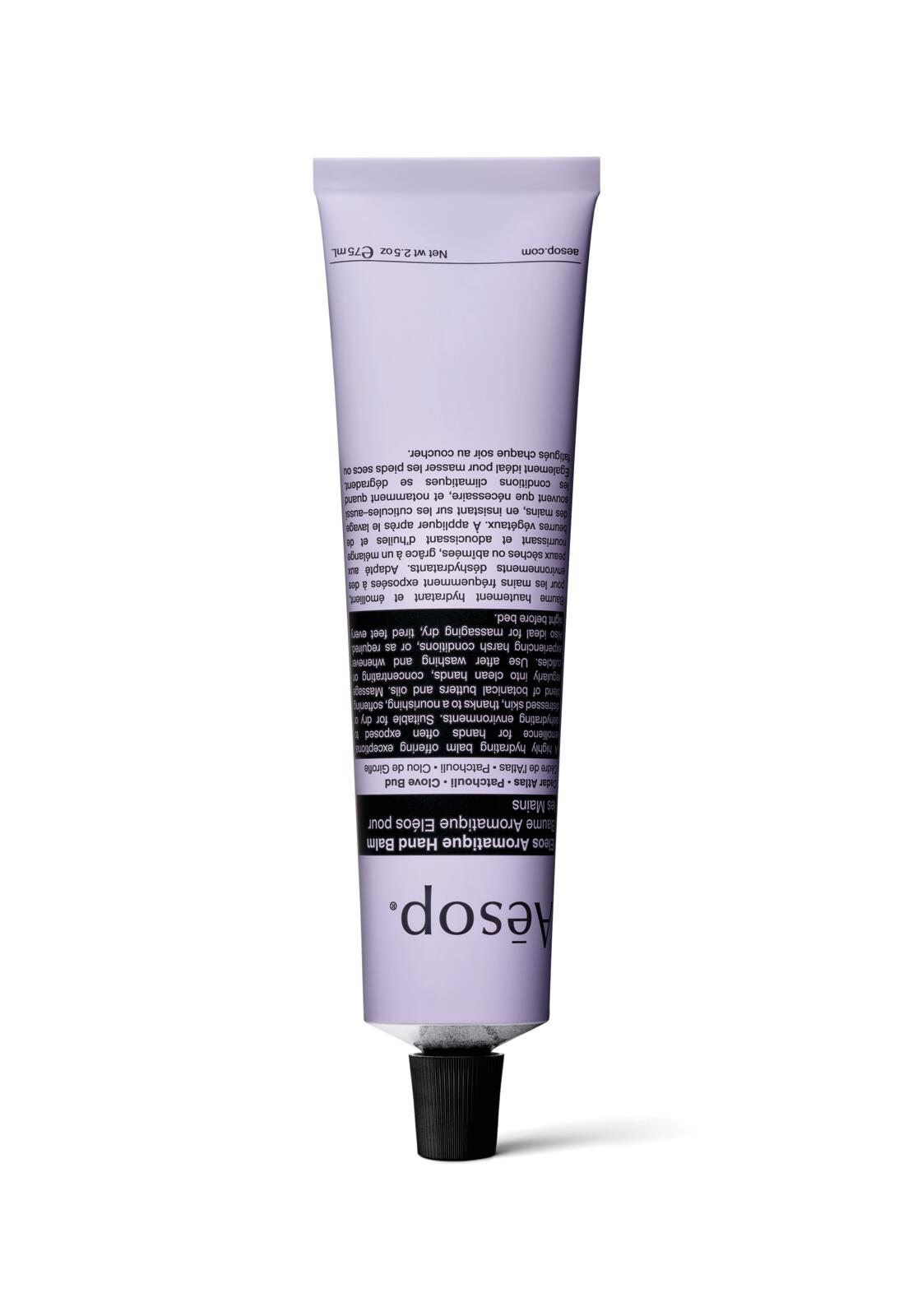
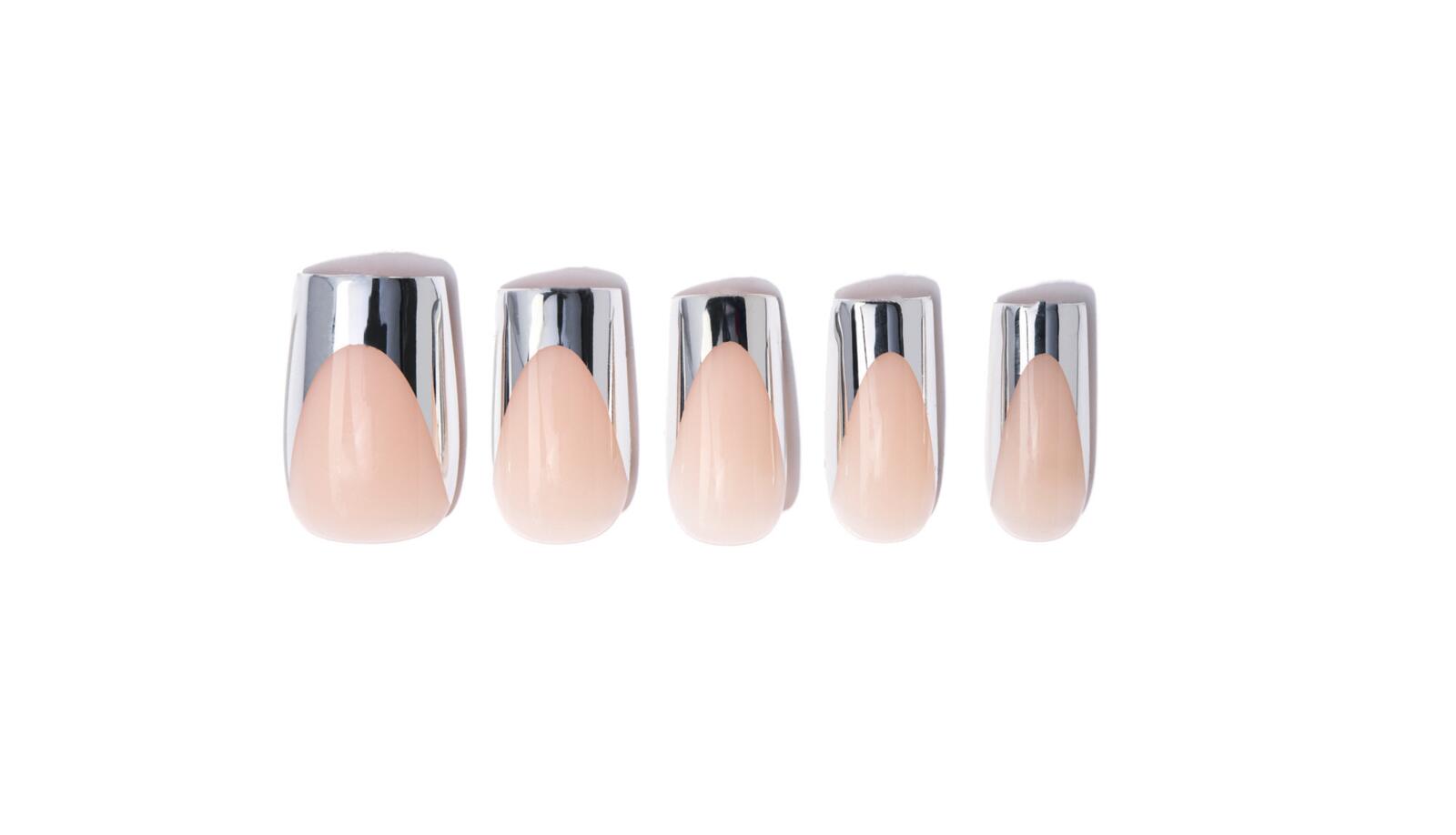



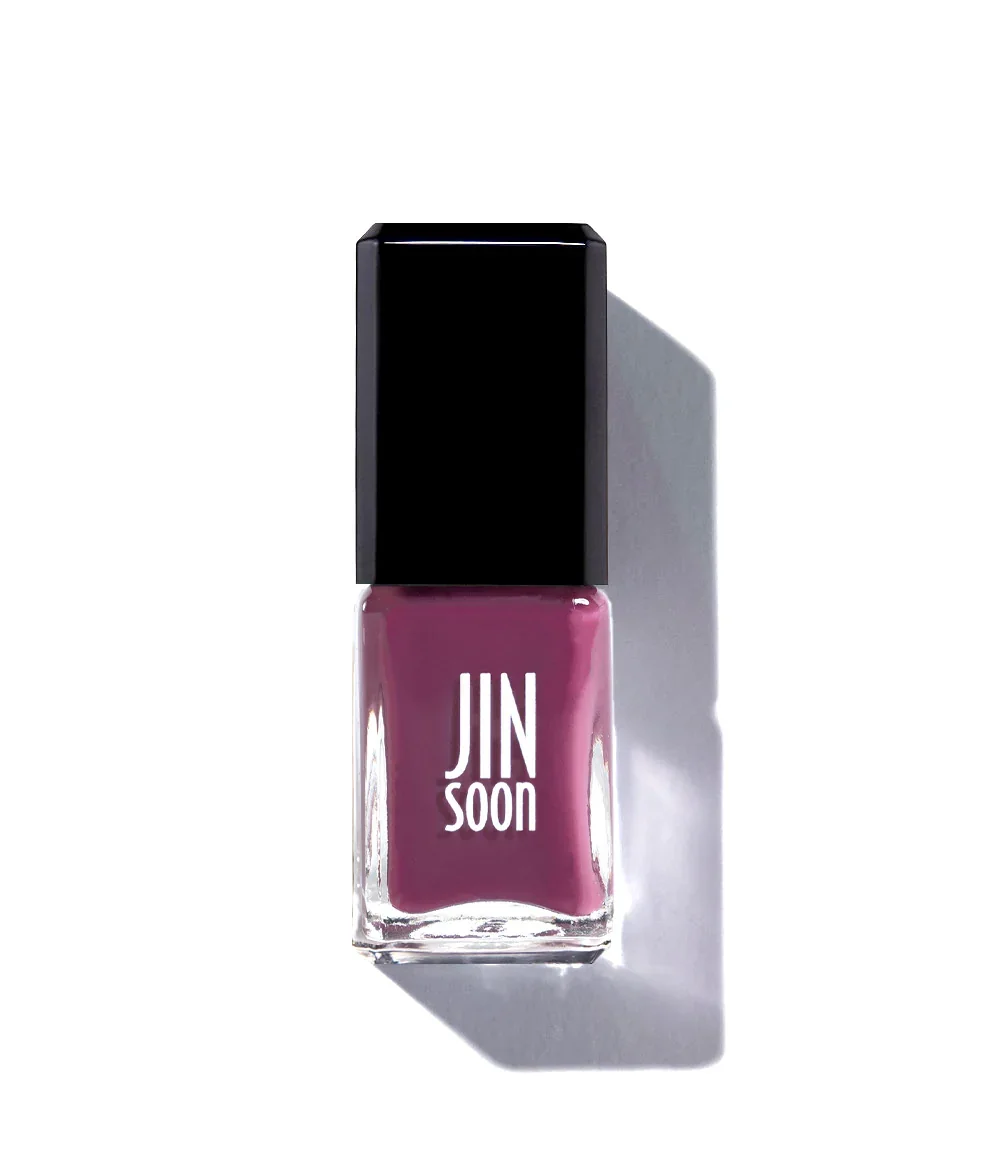
My Boyfriend Gave Me HIV and Then I Gave It To Our Daughter
It’s National Women and Girls HIV/AIDS Awareness Day! One of the biggest roadblocks to combating HIV is the number of women (and men) who don’t know their status.
Too many of us are in the dark about our own bodies. If you have any disease or sickness, your body already knows about it. So it’s our responsibility to be in the loop with what’s happening with our bodies. Be empowered by being informed.
My passion for HIV awareness has allowed me to work with the Red Pump Project and also participate with in a fab photo shoot for the CDC’s recent #DoingIt campaign promoting HIV testing. I spent the day in DC shooting with two women I adore: Red Pump co-founder Karyn Lee and former ESSENCE cover feature and global AIDS activist Rae Lewis-Thornton. It was surreal traveling home for Christmas in Atlanta and seeing my picture promoting HIV testing in the airport. You can join us in creating a future without HIV and empowering women and girls to take control of our health.
To find a testing site near you, visit cdc.gov/DoingIt or text your ZIP code to KNOW IT.
#DoingIt – The latest on HIV and AIDS from the CDC:
• Everyone between the ages of 13 and 64 should get tested for HIV at least once as part of routine health care
• HIV testing is free, fast, and confidential.
• Available treatments are very effective, can prolong life and may also reduce the risk of transmission by reducing the amount of virus in the body.
• Testing is a critical health step in getting care if need be & preventing transmission to others. For those who test negative, the result empowers them to stay healthy and continue to protect themselves.
• New HIV diagnoses declined 40% among women from 2005 to 2014, with the greatest decline seen among African American women with 42%
• If a woman is diagnosed and begins treatment for HIV early in her pregnancy, the risk of transmitting HIV to her baby can be 2% or less.
